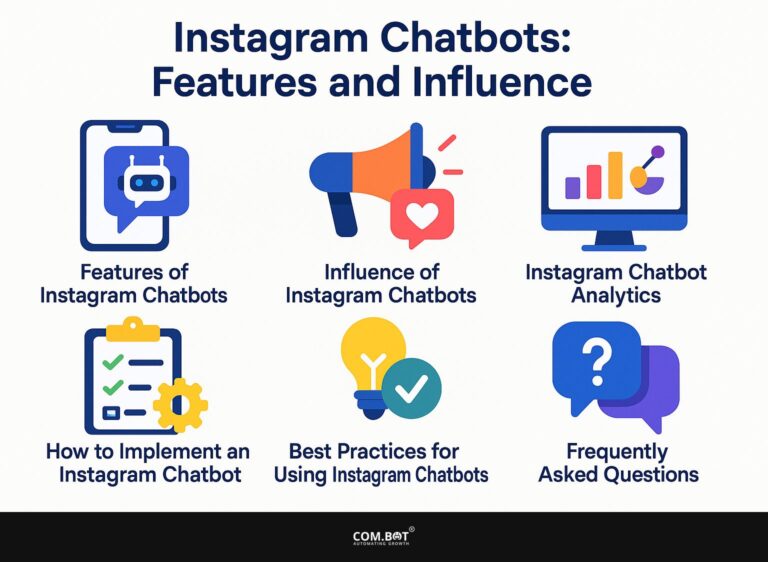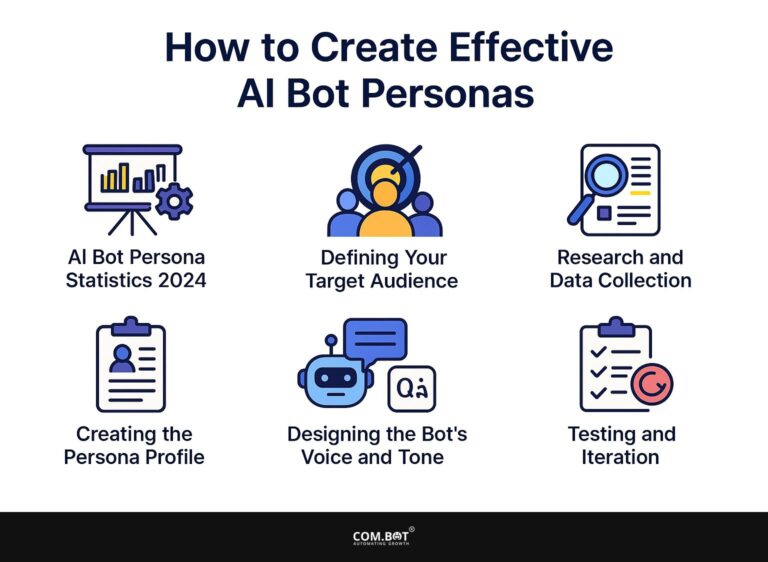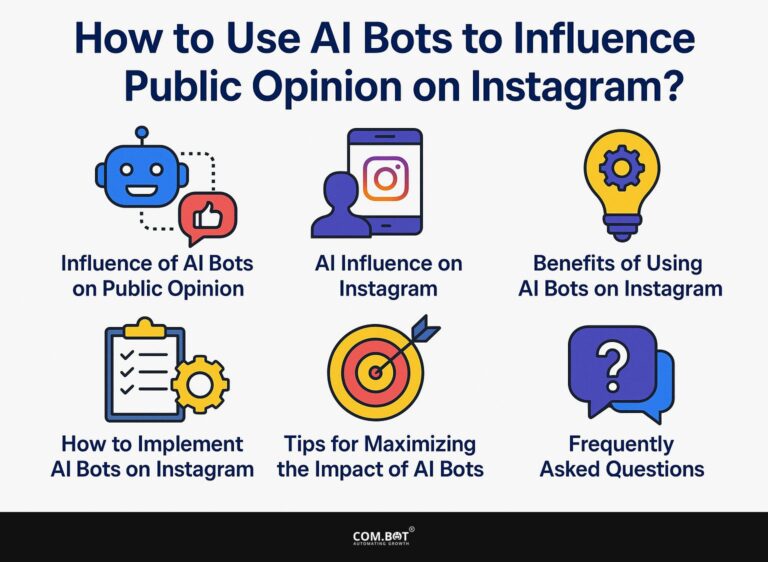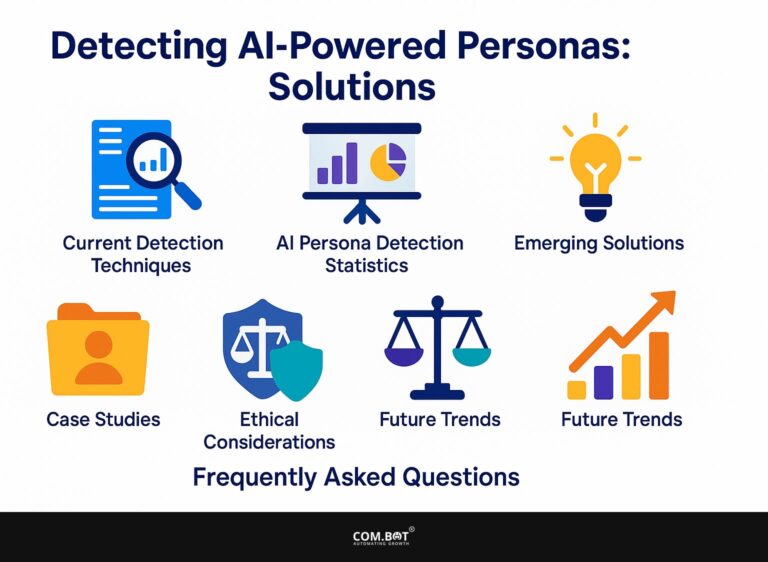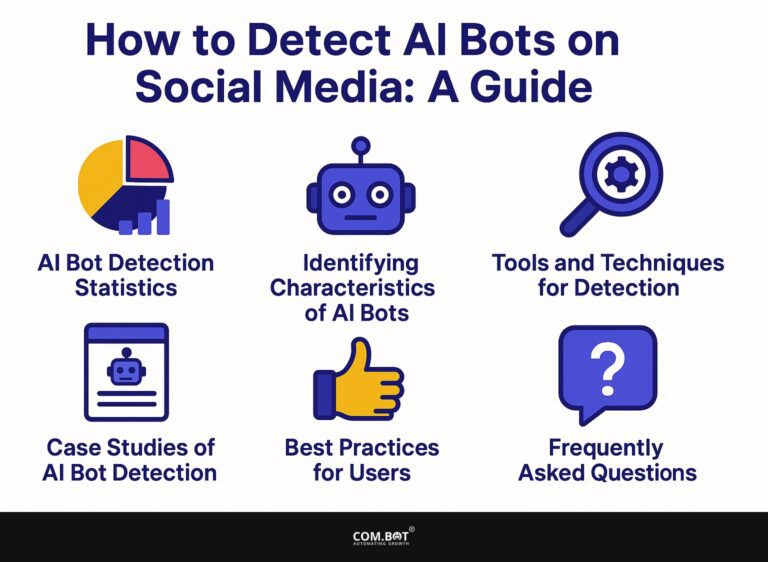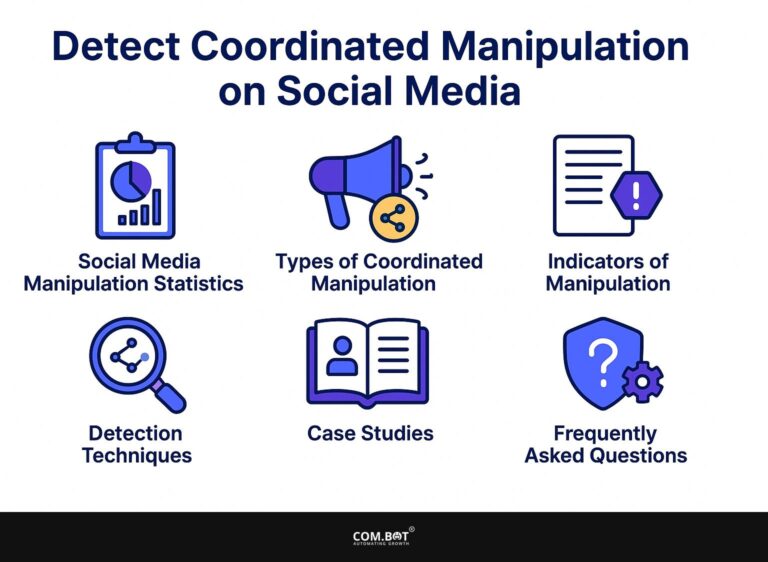Chatbot Influence on Public Opinion: Challenges
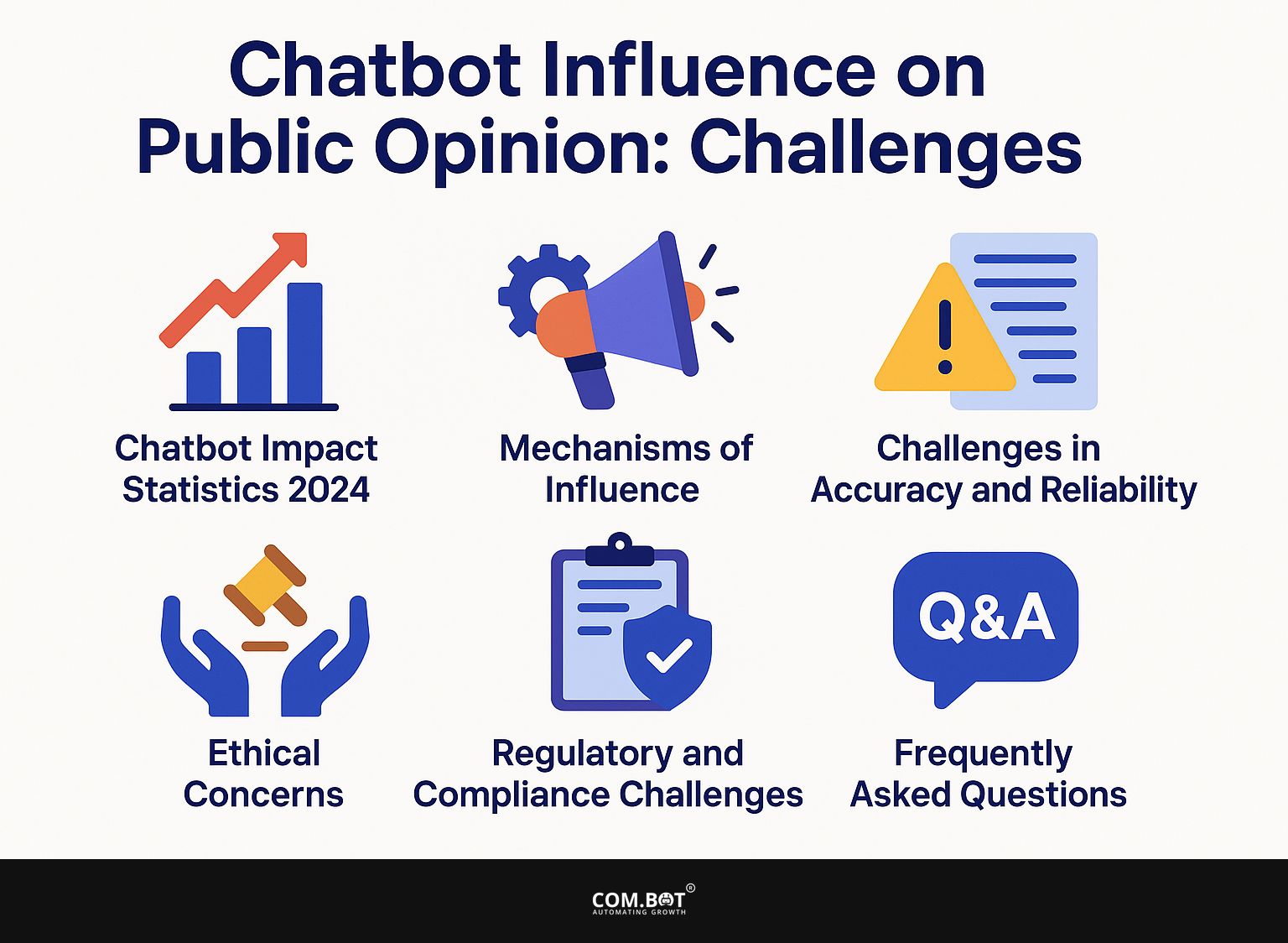
In an age where Artificial Intelligence shapes perceptions, the role of chatbots like ChatGPT from OpenAI is increasingly significant in influencing public opinion. As these AI tools provide health information and engage users, they also raise critical challenges regarding accuracy and bias.
This article looks closely at the impact of chatbots, discussing the careful balance between new technology and ethical issues. It gives ideas on how to encourage the responsible use of AI in influencing public discussions.
Key Takeaways:
- Chatbots have become a powerful tool for shaping public opinion due to their ability to disseminate information and engage with users.
- Ensuring the accuracy and reliability of data used by chatbots is a major challenge, as data quality issues and algorithmic bias can have a significant impact on public opinion.
- The use of chatbots in influencing public opinion raises ethical concerns such as manipulation of information and invasion of privacy. New policies and laws are needed to handle these issues.
- 1 Chatbot Impact Statistics 2024
- 2 Mechanisms of Influence
- 3 Challenges in Accuracy and Reliability
- 4 Ethical Concerns
- 5 Regulatory and Compliance Challenges
- 6 Frequently Asked Questions
- 6.1 1. What is the role of chatbots in shaping public opinion?
- 6.2 2. What are the main challenges faced by chatbots in influencing public opinion?
- 6.3 3. Are there any ethical concerns regarding chatbot influence on public opinion?
- 6.4 4. How can chatbots help tackle these challenges and promote responsible impact on public opinion?
- 6.5 5. What potential risks can arise from chatbot influence on public opinion?
- 6.6 6. How can individuals protect themselves from the potential negative effects of chatbot influence on public opinion?
1. Definition of Chatbots
Chatbots are tools powered by AI that mimic talking with users, using natural language processing to quickly answer questions. These systems can manage various tasks, such as responding to common questions and helping with online shopping.
Common examples are Siri, which aids users in finding information and managing tasks, and Alexa, which is used for controlling home devices and playing music.
Businesses often implement chatbots on their websites using platforms like Chatfuel or ManyChat, which allow for easy customization and integration with existing customer support systems, enhancing the efficiency and scalability of operations.
For a more extensive analysis on managing high volume interactions, our comprehensive study on scalability and efficiency of AI bots offers valuable insights. By using computer programs to answer common questions, organizations can make things better for users and let human workers deal with harder issues.
2. Importance of Public Opinion
Public opinion significantly influences health policies, with over 70% of individuals relying on digital platforms for health-related information.
This reliance creates challenges, especially when misinformation spreads rapidly online. For instance, public reactions to vaccine safety can shift dramatically based on viral posts, leading policymakers to reevaluate health campaigns.
Chatbots are becoming important tools to fight false information. These AI systems give accurate health details by responding to questions fast and directing users to trustworthy sources. Organizations like WHO have implemented chatbots to clarify facts, effectively bridging the information gap and helping to stabilize public opinion around health initiatives.
For an in-depth exploration of how AI bots are actively influencing misinformation and the strategies employed to mitigate it, you might find the article AI Bots: Impact on Misinformation and Mitigation Strategies quite enlightening.
Chatbot Impact Statistics 2024
Chatbot Impact Statistics 2024
Chatbot Adoption and Consumer Opinions: Consumer Preferences
Chatbot Adoption and Consumer Opinions: Business Integration
Chatbot Adoption and Consumer Opinions: Market Growth
Chatbot Adoption and Consumer Opinions: Task Automation
The Chatbot Impact Statistics 2024 provides a detailed examination of chatbot adoption, consumer preferences, business integration, market growth, and task automation, reflecting the growing influence of chatbots on both consumers and businesses.
Chatbot Adoption and Consumer Opinions highlight a strong consumer inclination towards chatbot use. 82% of consumers are willing to use a chatbot instead of waiting This shows the need for quick replies and smooth communication. Furthermore, 96% believe companies should favor chatbots over traditional support, emphasizing the perceived efficiency and convenience chatbots offer.
Business Integration is crucial, with 87.2% satisfaction in chatbot interactions showing how well they provide good customer experiences. Additionally, 90% acknowledge fast complaint resolution due to chatbots, illustrating their capability in enhancing customer service efficiency and reducing response times.
- Market Growth: The chatbot market is expanding at an annual rate of 23.3%, with a projected market size of $15.5 billion by 2028. The quick expansion shows more money is being put into chatbot technology because companies see its advantages in interacting with customers and improving day-to-day operations.
- Task Automation: Chatbots manage 80% of routine tasks, freeing up human resources for complex inquiries. Additionally, they handle 30% of live chat communications and automate 30% of tasks performed by contact center staff showing how they improve work processes and lower labor expenses.
Overall, the Chatbot Impact Statistics 2024 Data shows how chatbots can change how consumers interact, improve how businesses work, and help businesses grow in the market. As technology advances, chatbots will continue to play a critical role in automating services, improving customer satisfaction, and contributing to business growth.
Mechanisms of Influence
Chatbots have a strong effect by sharing information and talking with users, which affects how people think and what they believe. Those interested in understanding more about the power of chatbots might find our insights on social bots’ impact and opinion manipulation particularly enlightening.
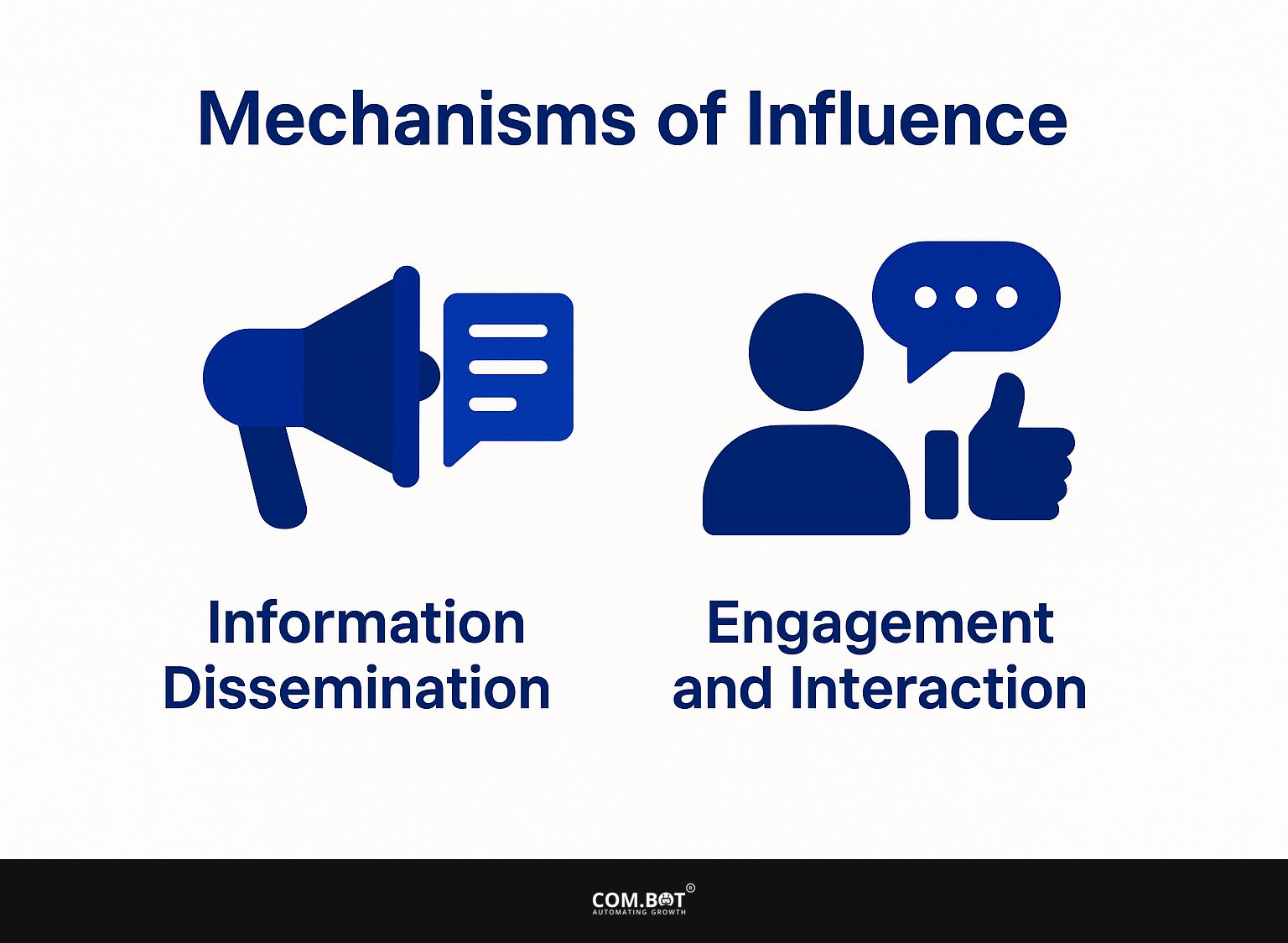
1. Information Dissemination
Chatbots can give users correct health information, which helps counter false information that affects public health choices. To make sure health information from chatbots is correct, get details from trusted sources like NCBI and PubMed.
Programmers should integrate APIs from these platforms, allowing the chatbot to access the latest research and verified data. Adding a verification process using algorithms to compare data with trusted sources can improve reliability.
Updating the content library regularly keeps the chatbot up-to-date, and collecting user feedback helps find and fix mistakes quickly.
2. Engagement and Interaction
Using chatbots for engagement can improve user experience because they provide real-time interaction and can answer detailed health questions. Chatbots are very useful for answering common questions, setting up appointments, and giving health tips specific to the individual.
Buoy Health’s health chatbot helps users figure out their symptoms and potential conditions through conversation.
Tools like Dialogflow and Microsoft Bot Framework help make detailed responses and track user activity information. Providing consistent and clear answers helps users stay informed, builds trust, and promotes ongoing engagement.
Challenges in Accuracy and Reliability
Chatbots have benefits, but they struggle with providing correct and dependable information. However, advancements in retrieval-augmented generation are offering promising solutions to enhance their accuracy and reliability.
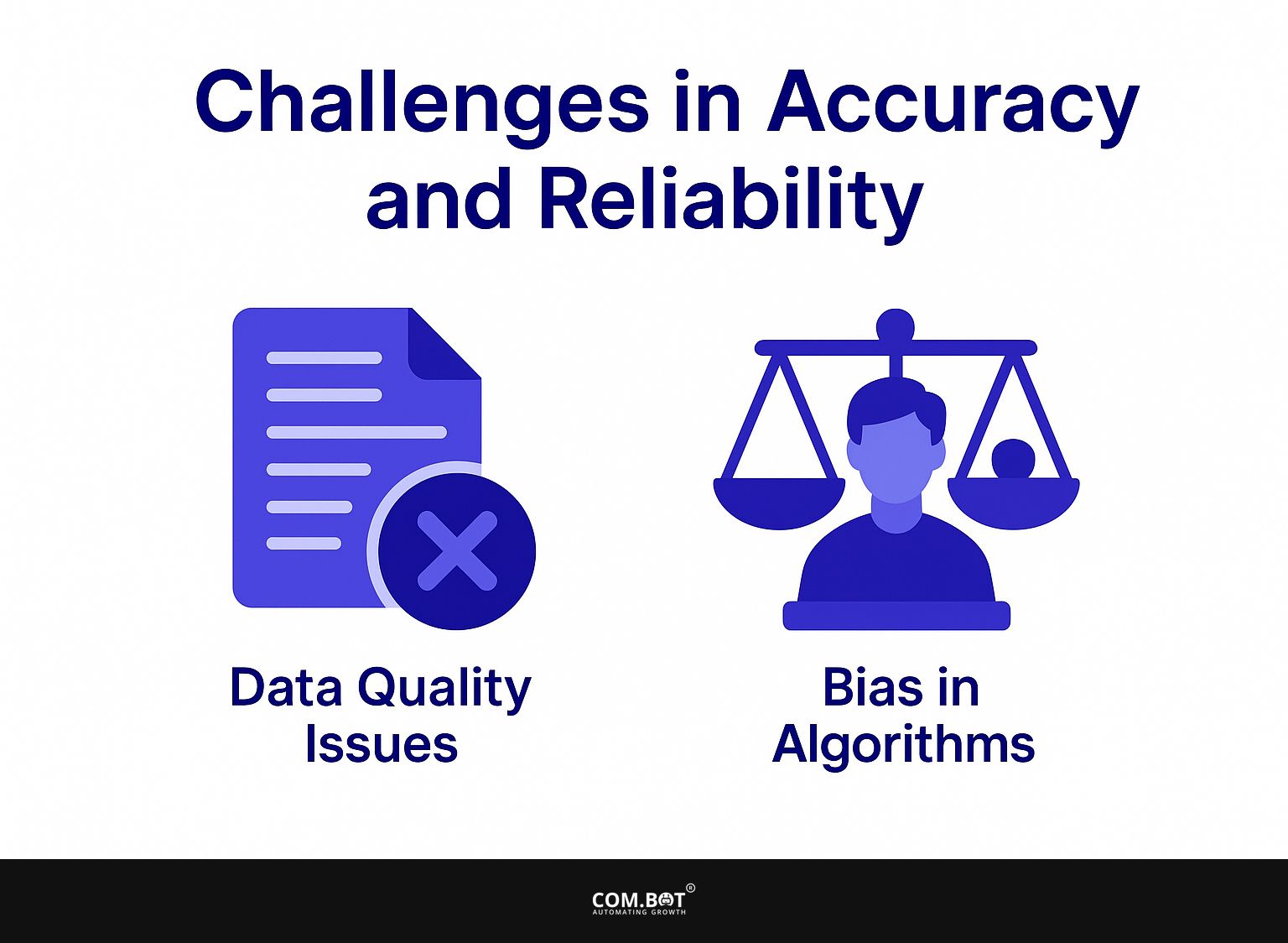
1. Data Quality Issues
Poor data quality can lead to serious misinformation, particularly if chatbots are trained on biased or incomplete datasets. To improve data quality, organizations should focus on diversifying their training datasets. This means including a wider variety of sources-such as peer-reviewed journals, reputable news outlets, and verified user-generated content.
For instance, instead of relying solely on web-scraped text, consider using data from well-regarded academic databases or APIs like The New York Times API.
Regularly auditing data sources and implementing bias detection tools can also help identify and rectify issues early in the training process, thereby enhancing the overall reliability of the chatbot.
2. Bias in Algorithms
Algorithmic bias can skew chatbot responses, potentially exacerbating health disparities and leading to misinformation among vulnerable populations.
For instance, if a chatbot is trained with biased data and shows favoritism towards specific groups, it might provide less accurate health advice to underrepresented individuals.
To counteract this, organizations should implement transparency standards by documenting data sources and using diverse datasets. Regular audits of chatbot performance are also essential; tools like AI Fairness 360 and What-If Tool can help identify bias.
When businesses focus on these methods, they can improve their bots’ reliability, ensuring equal access to information for all.
Ethical Concerns
As chatbots become important for sharing information, there are growing ethical concerns about their use, especially related to manipulation and privacy.
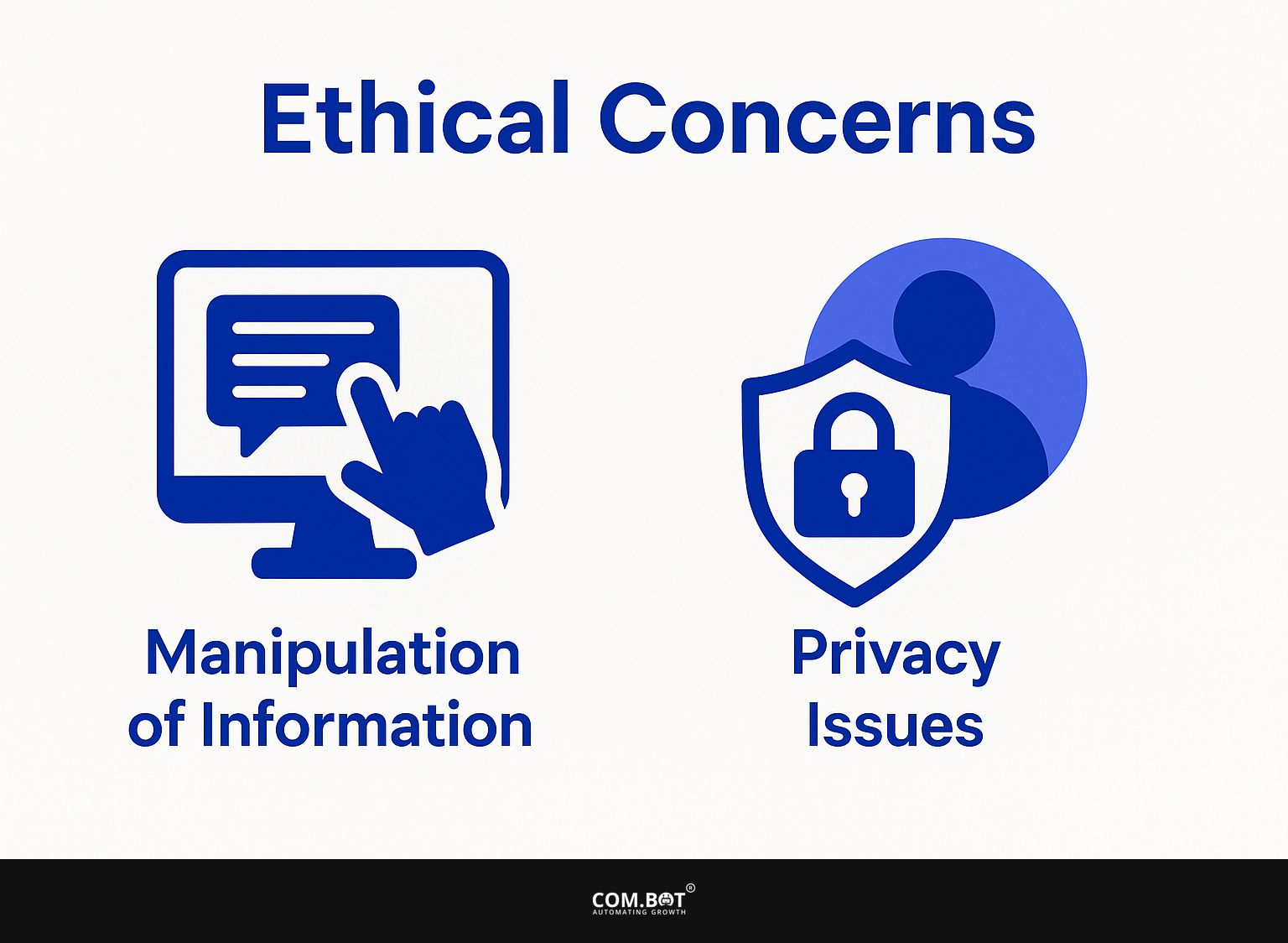
1. Manipulation of Information
The potential for chatbots to manipulate information raises concerns about their impact on political discourse and community trust.
To reduce false information from chatbots, putting various protective measures in place is essential.
- First, use moderation tools that analyze content before it’s disseminated, ensuring factual accuracy.
- Incorporating a fact-checking API, such as FactMata or Full Fact, can help verify claims made by chatbots in real-time.
- Providers should enforce transparency by disclosing when users are interacting with a chatbot.
- Teaching people how to identify trustworthy information helps them make better decisions and reduces the spread of fake news.
By combining these approaches, we can make automated interactions better.
2. Privacy Issues
Privacy concerns are paramount, as chatbots often collect user data that can be misused if not properly safeguarded.
To mitigate these risks, users should follow best practices such as:
- Avoiding the sharing of personal information,
- Regularly reviewing privacy settings,
- Being cautious about the conversations they engage in.
It’s important for organizations to put strong data protection measures in place, such as encryption and access controls.
User education plays a significant role; providing clear information about data collection processes and potential risks helps users make informed choices. Being open builds trust and supports the responsible use of chatbot technology.
Regulatory and Compliance Challenges
As chatbots change, new rules are needed to handle ethical and legal issues. Implement this by following the methodology in our Com.bot GDPR & CCPA Compliant Bot guide, which provides insights into maintaining compliance.
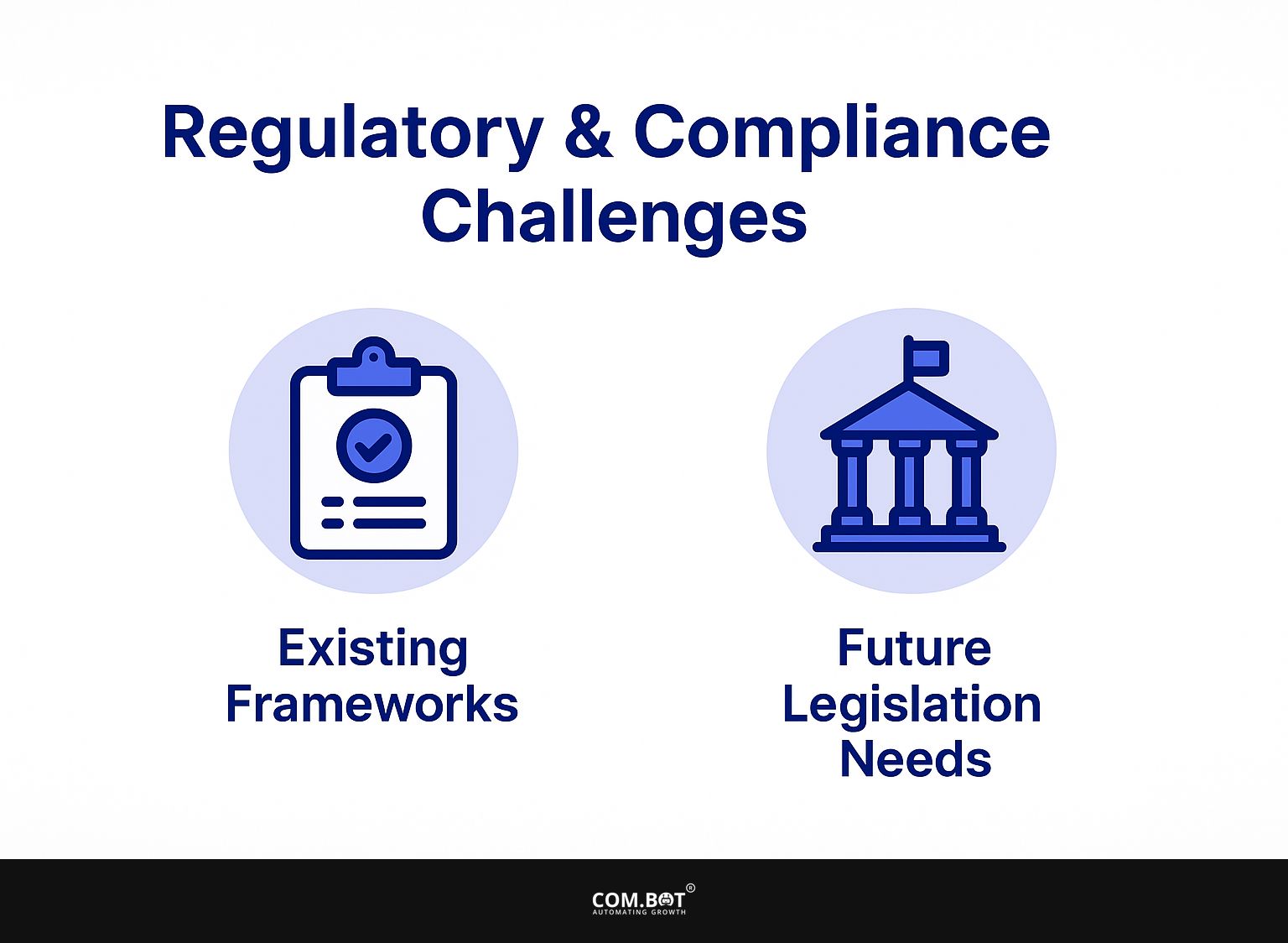
1. Existing Frameworks
Right now, different rules control how chatbots are used. For example, GDPR deals with data privacy, and HIPAA covers health-related uses. These rules make sure that user data is treated carefully and that privacy is protected, especially in important areas like public health.
For instance, while GDPR mandates strict consent and transparency regarding personal data usage, HIPAA specifically guides how health information must be protected. These systems might not always function properly; enforcement can differ, and many chatbot developers might not completely understand the compliance rules.
Continuous training and awareness are important to maintain ethical use of chatbots, especially as technology changes.
2. Future Legislation Needs
Laws must be updated to match the rapid development of AI technology and its impact on the use of chatbots. To improve user protection, lawmakers should think about creating clear rules about data privacy and consent. Specifically, they might establish regulations that require chatbots to disclose their AI nature and how they handle user data.
Initiatives like mandatory transparency reports can inform users about data usage. Setting up a review group to evaluate the responsible use of AI systems can make sure there is responsibility.
By concentrating on these actions, laws can keep current with emerging technology and build a safer online environment for everyone.
Frequently Asked Questions
1. What is the role of chatbots in shaping public opinion?
Chatbots have become an increasingly popular tool for businesses and organizations to communicate with the public. Their ability to engage in one-on-one conversations with users makes them a powerful influencer on public opinion.
2. What are the main challenges faced by chatbots in influencing public opinion?
One of the biggest challenges for chatbots is the potential for bias or manipulation. Since they are programmed by humans, they may reflect the beliefs and values of their creators, which can impact the information they share with users.
3. Are there any ethical concerns regarding chatbot influence on public opinion?
Yes, there are some ethical issues related to chatbots and how they might affect what people think. These include issues of transparency, data privacy, and manipulation of information.
4. How can chatbots help tackle these challenges and promote responsible impact on public opinion?
To address the challenges and concerns surrounding chatbot influence on public opinion, it is important for developers and organizations to implement ethical guidelines and regularly monitor and update their chatbots. It’s important to clearly explain how chatbots work and what information they provide.
5. What potential risks can arise from chatbot influence on public opinion?
The major risks associated with chatbot influence on public opinion include spreading of misinformation, reinforcing biases, and the potential for public trust to be compromised. This highlights the importance of responsible and ethical use of chatbots.
6. How can individuals protect themselves from the potential negative effects of chatbot influence on public opinion?
It is important for individuals to be critical and skeptical of the information they receive from chatbots. They can look for different sources of information and talk with others to fully learn about a topic.
